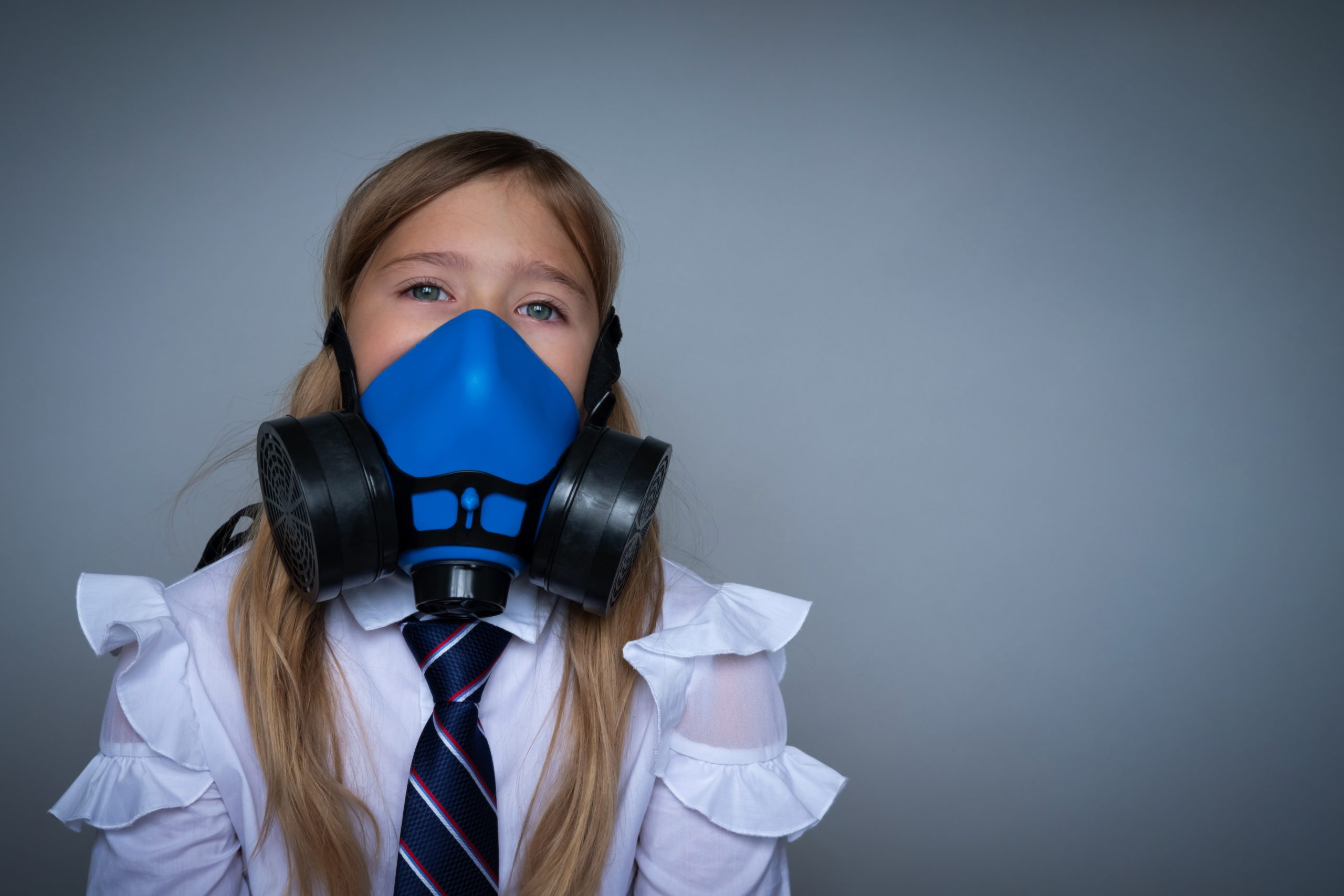
AdobeStock by Nataliya.
<h2><span data-contrast="auto">Following the pandemic, most educators now have an awareness of indoor air quality in classrooms and schools.</span></h2>
<p><span data-contrast="auto"> But did you know that indoor air quality isn’t just important for limiting the spread of sickness, but also vital for student concentration and wellbeing in general? </span><span data-ccp-props="{";201341983";:0,";335559739";:160,";335559740";:259}"> </span></p>
<p><span data-contrast="auto"><a href="https://www.schoolnews.co.nz/latest-print-issue/" target="_blank" rel="noopener"><strong>Read the Term 3 edition of <em>School News</em> HERE</strong></a> </span><span data-ccp-props="{";201341983";:0,";335559739";:160,";335559740";:259}"> </span></p>
<p><span data-contrast="auto">Letitia Harding, <a href="https://www.asthmafoundation.org.nz/" target="_blank" rel="noopener">Asthma and Respiratory Foundation NZ’s</a> Chief Executive, says that indoor air quality should remain a priority for educators. Firstly, Harding notes New Zealand has a very high incidence of asthma. One in eight children have asthma, and an estimated 350,000 days of school are lost each year due to asthma related symptoms. Additionally, around 70 to 80 percent of people with asthma will have an associated allergy like hay fever which exacerbates issues like asthma attacks. </span><span data-ccp-props="{";201341983";:0,";335559739";:160,";335559740";:259}"> </span></p>
<p><span data-contrast="auto">Public health advice during the pandemic encouraged the public to improve ventilation, often though opening windows. But for those in urban areas, air pollutants like paints and exhaust, or noise pollutants from roads and construction can make opening windows undesirable. For those with hay fever, opening windows can exacerbate allergies. Conversely, in a sealed environment, carbon dioxide levels will increase, increasing the chance of illness should someone have an airborne illness, and increasing other negative effects. </span><span data-ccp-props="{";201341983";:0,";335559739";:160,";335559740";:259}"> </span></p>
<figure id="attachment_27661" aria-describedby="caption-attachment-27661" style="width: 1024px" class="wp-caption aligncenter"><img class="wp-image-27661 size-large" src="https://www.schoolnews.co.nz/wp-content/uploads/2023/09/sahej-brar-a_eATBvqlm8-unsplash-1024x683.jpg" alt="" width="1024" height="683" /><figcaption id="caption-attachment-27661" class="wp-caption-text">Photo by Sahej Brar on Unsplash</figcaption></figure>
<p><span data-contrast="auto">According to the United States Environmental Protection Agency (EPA), poor indoor air quality can “affect comfort, concentration and staff / student performance”. In schools, poor air quality can exacerbate coughs, eye irritations, cause headaches, trigger allergic reactions and asthma. Poor air quality is exacerbated by high building occupancy and pollutant sources like arts and science supplies. </span><span data-ccp-props="{";201341983";:0,";335559739";:160,";335559740";:259}"> </span></p>
<p><span data-contrast="auto">In a sealed environment with high occupancy, CO</span><span data-contrast="auto">2</span><span data-contrast="auto"> levels tend to rise beyond acceptable levels. </span><a href="https://www.advsolned.com/high-co2-schools-affect-grades/" target="_blank"><span data-contrast="none">Studies have shown</span></a><span data-contrast="auto"> that high carbon dioxide can cause headaches, dizziness and nausea, fatigue and exacerbate respiratory conditions. </span><span data-ccp-props="{";201341983";:0,";335559739";:160,";335559740";:259}"> </span></p>
<p><span data-contrast="auto">In the US, one study found that 85 percent of classrooms did not have adequate ventilation. </span><span data-ccp-props="{";201341983";:0,";335559739";:160,";335559740";:259}"> </span></p>
<p><span data-contrast="auto">Harding says that’s why “having a really excellent high grade HEPA filter or air purifier in the classroom is really important”.</span><span data-ccp-props="{";201341983";:0,";335559739";:160,";335559740";:259}"> </span></p>
<p><span data-contrast="auto">“In general, occupied rooms with good ventilation have between 400 and 1000 ppm [carbon dioxide]. But even after 800 ppm, people can get a little bit more drowsy or tired,” says Harding. </span><span data-ccp-props="{";201341983";:0,";335559739";:160,";335559740";:259}"> </span></p>
<p><span data-contrast="auto">Given these issues, Harding notes that investing in good indoor air quality is still as important now as it was during the height of the pandemic. She encourages <a href="https://www.schoolnews.co.nz/2023/10/student-wellbeing-in-education-a-new-report-from-moe/" target="_blank">educators to consider their students’ wellbeing</a>.</span><span data-ccp-props="{";201341983";:0,";335559739";:160,";335559740";:259}"> </span></p>
<blockquote>
<p><span data-contrast="auto">“Four kids in a classroom of 32 will have asthma, so we do have to be aware of that.” </span></p>
</blockquote>
<p>Given that air quality can have such a measurable impact on student and staff wellbeing, Harding recommends that educators utilise the James Dyson Foundation&#8217;s free resources for more information on air quality. </p>
<p>One of their resources is the <a href="https://www.jamesdysonfoundation.co.uk/resources/secondary-school-resources/engineering-solutions-air-pollution.html" target="_blank" rel="noopener">Engineering Solutions: Air Pollution</a> pack, which gives educators and their classrooms a deeper understanding of air pollution, it&#8217;s sources and how one can monitor air quality.</p>
<p>Educators may find the content not only useful as a teaching tool for the class, but for themselves as well when considering the air quality of their own classrooms. </p>

EXCLUSIVE: Teachers used to be paid two to three times more than minimum wage workers,…
After an “overwhelming” vote to reject the latest Government offer, secondary school teachers will begin…
Second-language learning should be compulsory, says a new report from a forum bringing together academics,…
A new entitlement aimed to improve access to learning support coordinators for schools with students…
Educators have raised questions about the Ministry of Education’s new secondary school subjects, set to…
Professional learning and development (PLD) for teachers needs to be higher impact for teachers and…
This website uses cookies.